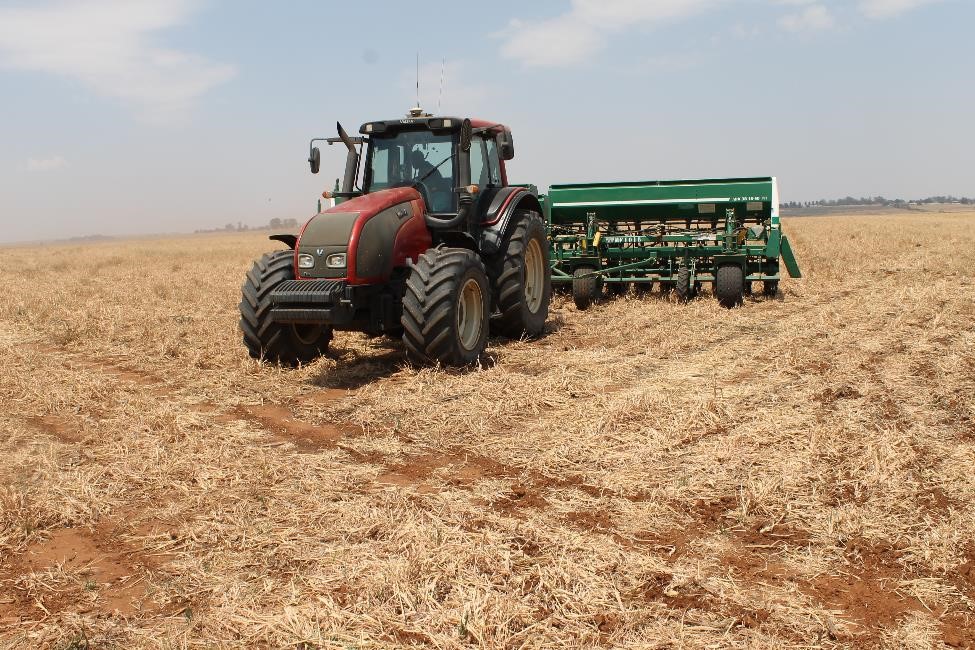
Sustainable Agriculture Mechanisation
Agricultural mechanization is broadly defined to include the application of tools, implements and powered machinery and equipment to achieve agricultural production, comprising both crop and livestock production as well as aquaculture and apiculture. Mechanization covers all levels of farming and processing technologies, from simple and basic hand tools to more sophisticated and motorized equipment.
It eases and reduces hard labour, relieves labour shortages, improves productivity and timeliness of agricultural operations, increases resource-use efficiency, enhances market access and contributes to mitigating climate-related hazards. Sustainable mechanization considers technological, economic, social, environmental and cultural aspects when contributing to the sustainable development of the food and agricultural sector.
SAM Partnership in Africa
 In February 2019, FAO and ACT signed, in Rome, Italy, an MoU to, among other things, support the implementation process of the Sustainable Agricultural Mechanization framework for Africa (F-SAMA). ACT and FAO have worked closely with farmers and value chain actors to promote mechanization hire services, providing directions for investments for sustainable mechanization, and piloting mechanization and digitalization innovations adapted specifically to local contexts. This partnership has supported farmers in making the transition from subsistence farming to commercially and market-oriented farming.
In February 2019, FAO and ACT signed, in Rome, Italy, an MoU to, among other things, support the implementation process of the Sustainable Agricultural Mechanization framework for Africa (F-SAMA). ACT and FAO have worked closely with farmers and value chain actors to promote mechanization hire services, providing directions for investments for sustainable mechanization, and piloting mechanization and digitalization innovations adapted specifically to local contexts. This partnership has supported farmers in making the transition from subsistence farming to commercially and market-oriented farming.
With the development of dedicated SAMA information platform – AfricaMechanize- AUC, FAO and ACT have managed to implement various activities that link up with key sector stakeholder. Virtual webinars and advance engagements with DAMES/HAMES and other stakeholders in SSA have been established. During the fourth quarter of 2020, through this platform, FAO-RAF and ACT in collaboration with AUC-DREA organized a series of Virtual Discussions with DAMES/HAMES and other selected stakeholders of SAMA in SSA on key initial activities on operationalization of F-SAMA.
By Saidi Mkomwa, African Conservation Tillage Network (ACT)
African Conservation Tillage Network (ACT) felt honored to be part of the first ever Global...
Efficiency, Inclusiveness, Resilience Hybrid Event: Register Here The Food and Agriculture Organization of the United Nations (FAO) is...
This is the first quarterly newsletter of the AfricaMechanize Platform, with the objective of connecting stakeholders in sustainable agricultural...
